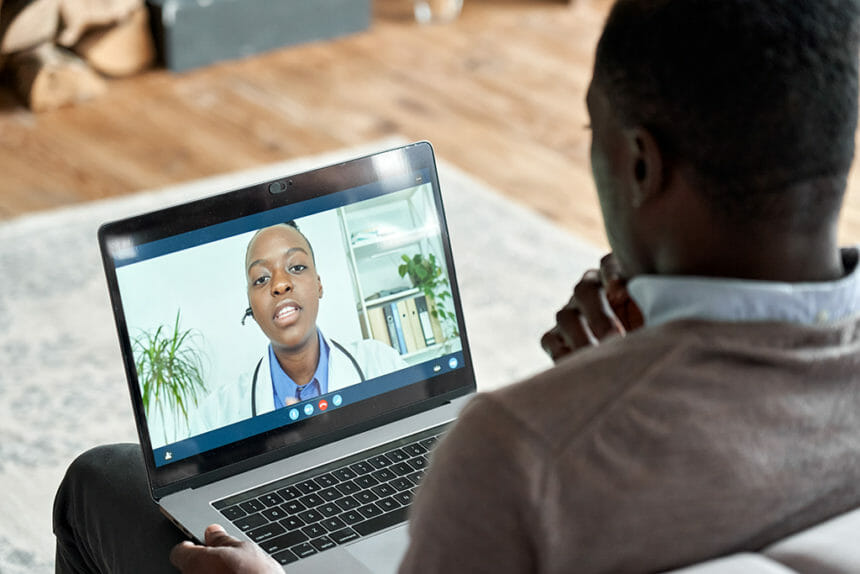Healthcare consumers continue to see opportunities to expand care options through telehealth services, according to a recent industry survey.
Consumers view telehealth as a convenient way to receive care from specialists that are not in their geographic area, with nearly 80% of respondents indicating that they are comfortable with using telemedicine.
These virtual care services also offer consumers the first step to access mental health care, the study found, which has been especially critical during the COVID-19 pandemic. More than one-third of consumers said they have noticed new feelings of anger, depression or relationship issues since the pandemic began, though more than 20% have said they are not considering counseling or therapy.
This dynamic is particularly challenging for Gen Z patients, with more than 40% reporting that they are experiencing these mental health issues.
These findings come the same week that the U.S. Preventive Services Task Force recommended for the first time to screen adults under the age of 65 for anxiety.
Katy Gajewicz, EVP of strategy at Laughlin Constable, said it was encouraging to see that telehealth is serving as a tool for patients in terms of introducing them to mental health care as well as continuity of care.
“What we heard from our clients and saw in the data is that there’s more receptivity to using telehealth for mental health appointments and then it can be something that people will use to continue their care,” Gajewicz said.
The Laughlin Constable report released this week also found that nearly two-thirds of individuals are also comfortable with the idea of using wearable technology like an Apple Watch or Fitbit. That marks an increase of 7% compared to the previous survey in 2020.
Additionally, consumers are increasingly embracing remote patient monitoring as a way for their trusted physicians to conveniently track their care journey.
One finding that surprised Tom Curtes, VP of strategic planning at Laughlin Constable, came from tracking telehealth’s ability to keep people away from places that might make them sick. He noted that there are still some patients who are wary of going back to the doctor’s office or the ER due to the risk of contracting COVID-19.
He also said the report’s main takeaway is that the pandemic brought telehealth into the mainstream for consumers who are now willing and comfortable to use these services than before.
As the healthcare landscape gets more competitive due to the entrance of non-traditional players in the market, stressing the quality of care offerings to patients will be more critical than ever.
“Traditional healthcare systems need to continually promote to the general public that they do have the best care available, whether it’s through telehealth or in-person,” he said.







